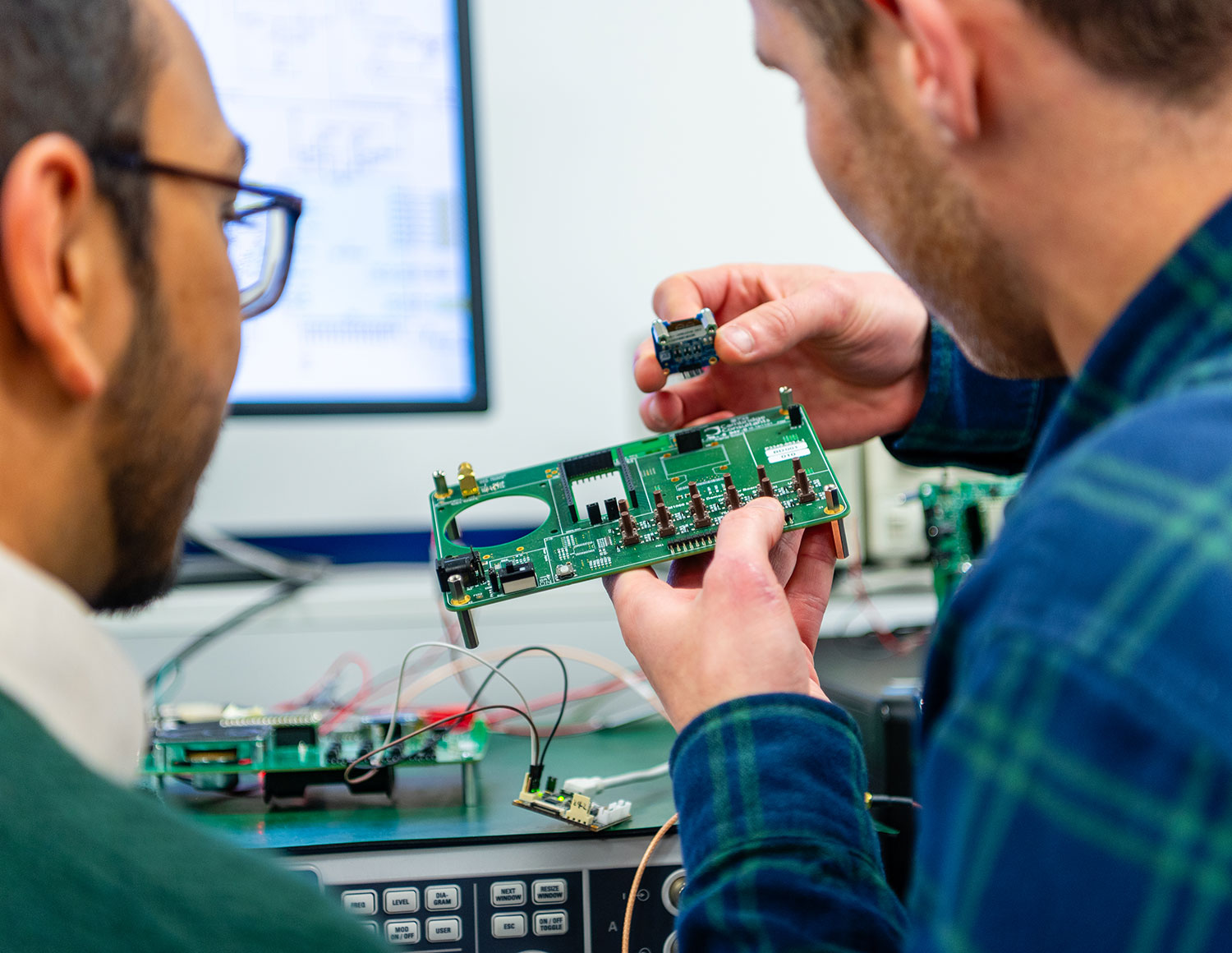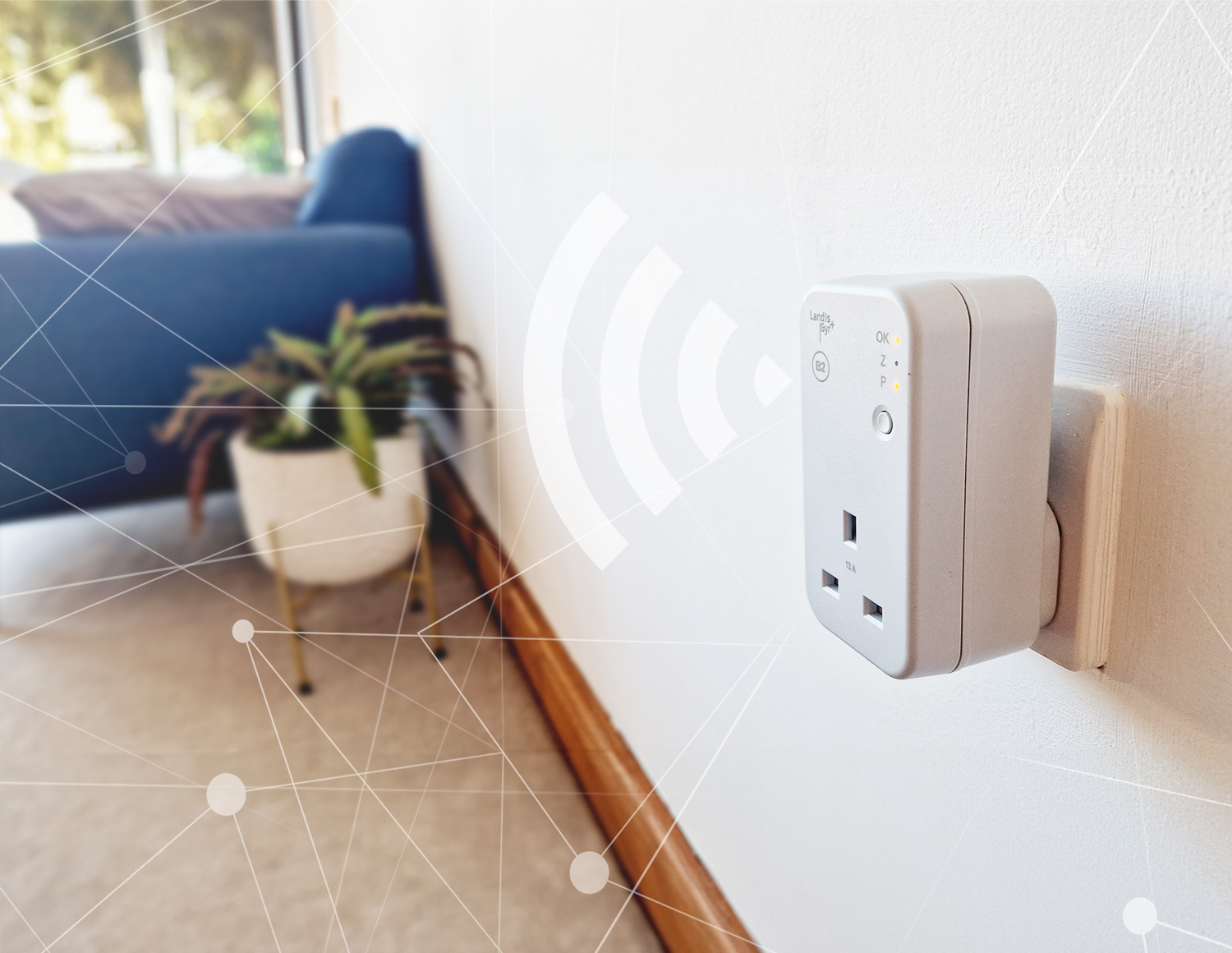Client story
Before athletes even thought about how technology could improve their performance, Harvard students Will Ahmed and John Capodilupo struck on an idea to revolutionise physiological monitoring for both professional and college athletes. Today their creation – WHOOP – is a global training phenomenon relied on by NFL footballers, Olympic athletes, PGA Tour golfers and an exploding number of consumers and weekend warriors.
The impact
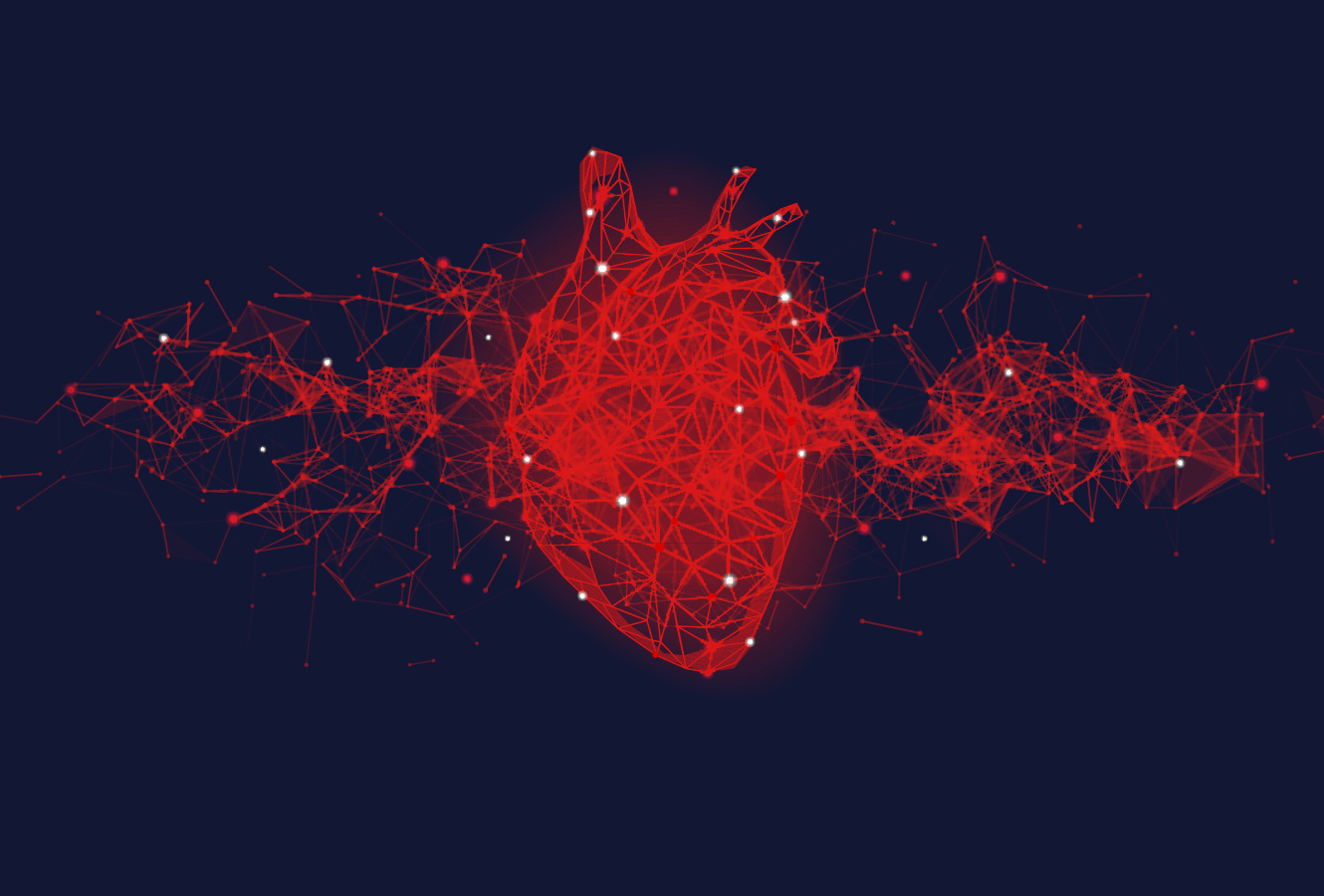
Technology yet to exist
Early in its development, the WHOOP founders sought partners with bleeding edge expertise to create a device reliant upon technology that had yet to exist. The duo connected with Cambridge Consultants to develop a first-of-its-kind heart monitor so small and comfortable that it could be worn constantly.
The challenge
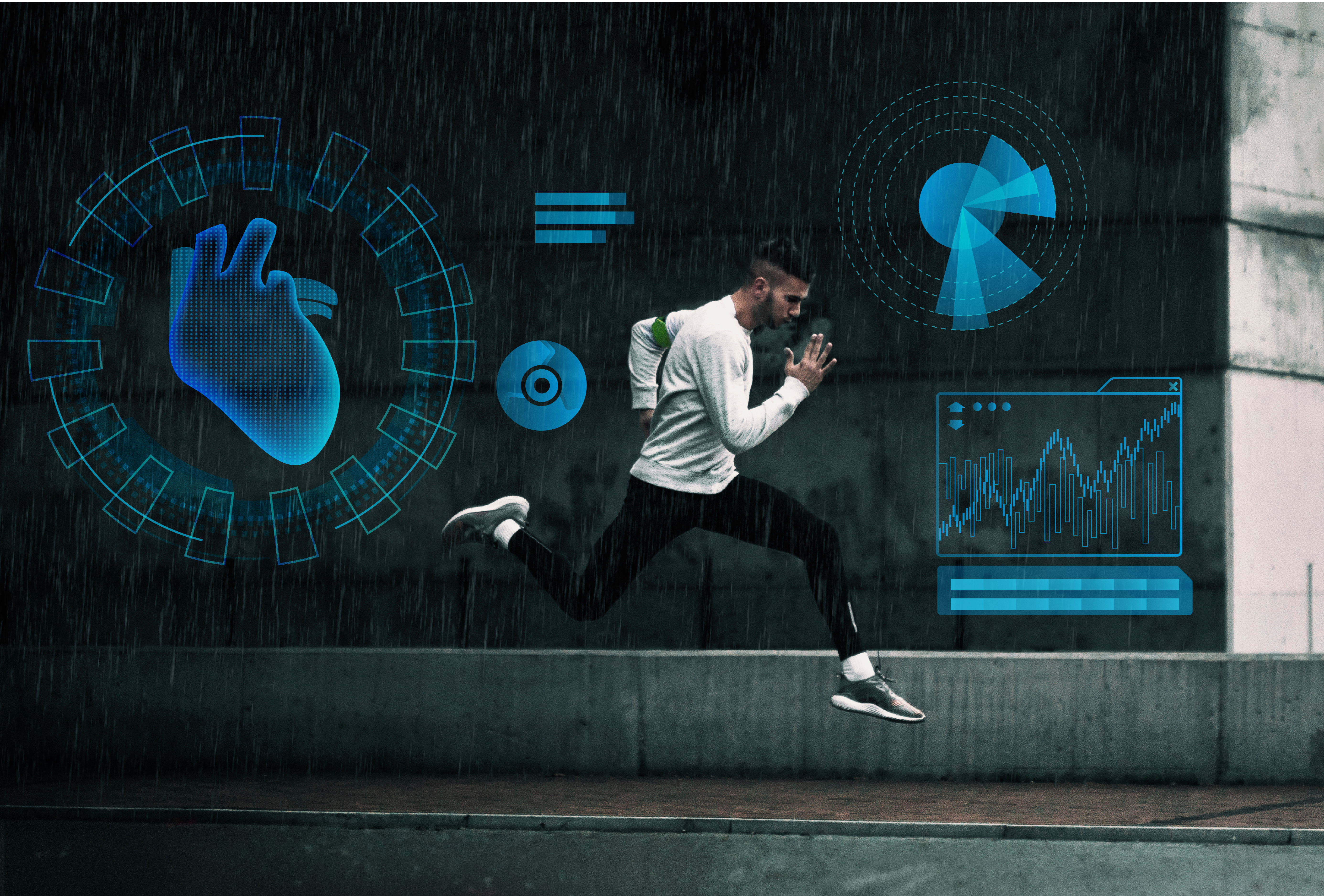
Continuous physiological monitoring
Ahmed’s and Capodilupo’s vision to develop the next generation of wearable technology was grounded in their commitment to university sports. But as varsity squash team captain and weightlifter respectively, neither had any use for the step-counting fitness trackers that were available in 2011. Their more sophisticated vision was to harness the possibilities of continuous physiological monitoring, which meant creating a system to measure an athlete’s recovery, sleep patterns, strain of workouts and other daily activities.
“I would get to be one of the fittest guys on the team, but then I would also kind of collapse. So, I got interested in, what could I measure about my body to prevent this?”

‘Always on’ capability
This more useful data and insight would give athletes the information they needed to train optimally and avoid the painful, counterproductive experience of overtraining. But the WHOOP co-founders proposed that only with 24/7 monitoring and ‘always on’ capability would they be able to make sense of the physiology.
The problem was that there was no way to constantly monitor heart rate accurately – an essential requirement if the system was to work – without the athlete having to wear a chest strap or similarly bulky equipment. This idea created a new technical challenge that had not been solved before in a commercial product.

Pushing photoplethysmography boundaries
Photoplethysmography (PPG) was an area of academic research when WHOOP started its journey in 2011 under the name Bobo Analytics. There were no products using such technology on the market. Only accelerometer-based wrist-worn devices existed, offering step counts and simple distance and time. When using these devices, athletes needed to add a cumbersome chest strap to add heart rate detection to their monitoring.
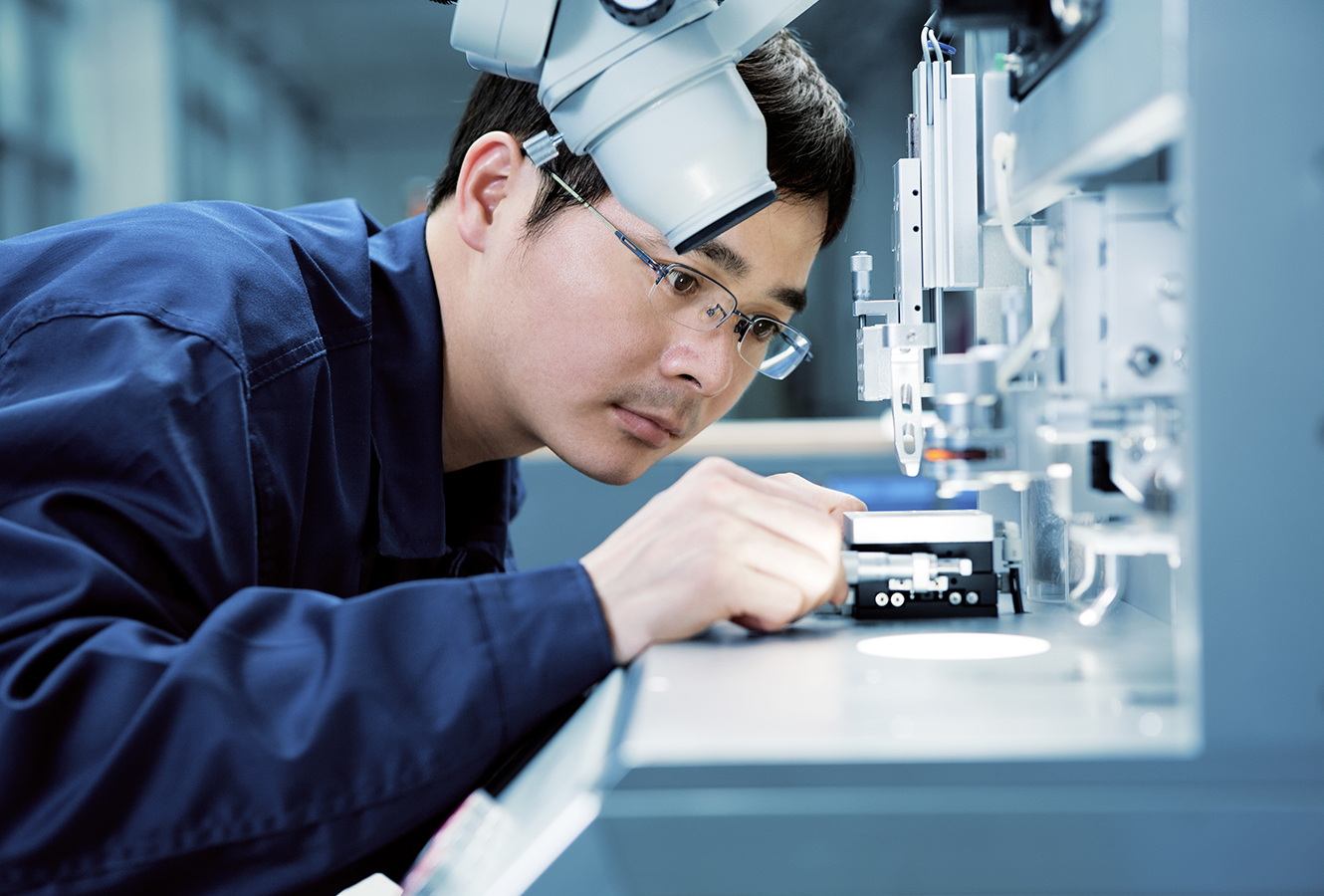
Impress potential investors
To develop an integrated solution – worn on the wrist with all the sensors athletes would need, 24/7 wearability, and long battery life – WHOOP collaborated with Cambridge Consultants. Our response drew on world-class expertise in medical device technologies, extensive capabilities in sensor design, signal processing and algorithm design, and ability to model optical and light propagation in human tissue. Working closely with WHOOP, Cambridge Consultants explored various heart rate sensing technologies to establish which would be most feasible and, crucially, pushed the design process to quickly deliver a working prototype to impress potential investors.

Extremely sleek design
WHOOP prioritised accuracy to help athletes improve their performance. So, success depended on accurately measuring heart rate during strenuous exercise and calculating Heart Rate Variability (HRV) to unlock the metrics the system needed. This was a significant challenge, exacerbated by the desire for an extremely sleek design and long battery life to enable the ‘always on’ concept. Before WHOOP, no one had yet successfully demonstrated measuring HRV on the wrist. WHOOP was a forerunner in using HRV to determine sleep, performance, and recovery – all critical factors for the athlete wanting to squeeze out every bit of performance possible.
“We’re proud of our novel work supporting WHOOP on its mission to unlock human performance and create next-generation technology.”
Mission-critical solution

Sensitive specialised sensors
Technically, the heart rate signal is measured from tiny fluctuations of skin colour which occur with every beat. Invisible to the human eye, they can be detected by specialised sensors. They’re so sensitive that even small body movement creates artefacts which can challenge an accurate heart rate detection. With the goal to monitor heart rate during high intensity sport, finding a solution was mission-critical. The team of experts from Cambridge Consultants investigated many of the existing and cutting edge technologies, including the approach ultimately chosen, photoplethysmography.

Machine learning algorithms
Sensors alone could not solve the technical challenge and it became clear that additional processing intelligence was needed to differentiate between the heart rate signal and signal noise from athletic motion. As a proof of concept, Cambridge Consultants developed a machine learning model to reduce noise (from motion) and separate the heart rate data by modelling tissue and light properties.
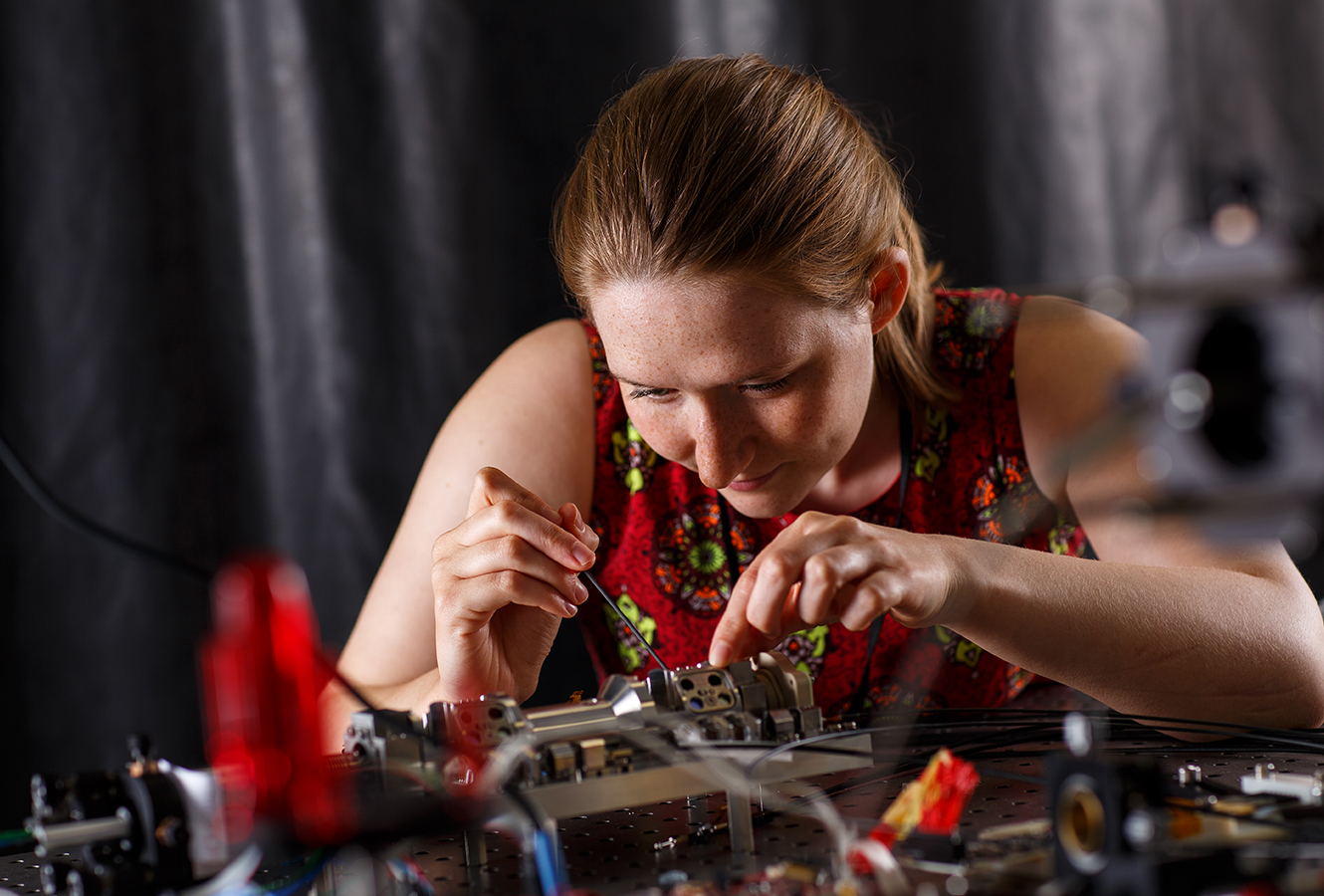
Combined signal processing
In building the first prototype, the team was able to test various sensor configurations and optimise the optical system to prove that a combined signal processing and machine learning algorithm could accurately and reliably extract the heart rate signal from the sensor data. Custom algorithms, never deployed in a consumer product, were developed to solve this key technical challenge and provided WHOOP with a strong foundation off of which to build. Specialised biomedical machine learning and signal processing were key to the success.
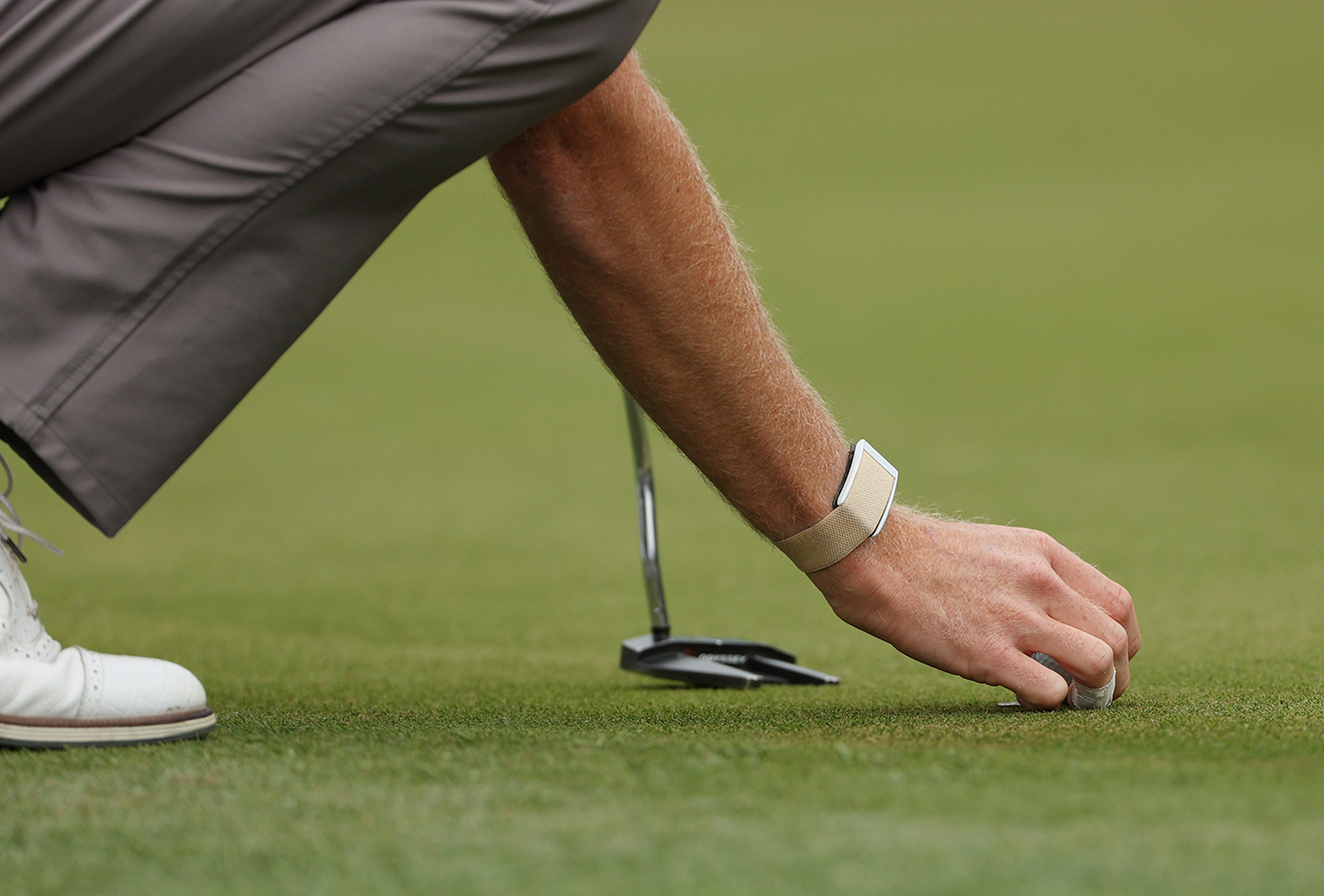
First commercial product
Cambridge Consultants’ work in the early days of WHOOP played a role in the brand’s development of its first commercial product. WHOOP launched a system featuring a lightweight always-on wearable that monitors heart rate, heart rate variability, motion and body temperature – and uses that to calculate sleep, strain on the body and recovery.
Thanks to its market-leading technology to monitor heart rate, heart rate variability, and the athlete’s motion, WHOOP can derive three vital result groupings: a recovery score, indicating how strenuous a workout would be appropriate; a strain score, indicating how much a given workout strains the body; and a sleep analysis, which includes metrics, including total sleep time, and time in REM, light, and slow-wave sleep.
“The accuracy of WHOOP in measuring heart rate, heart rate variability, and sleep staging of slow-wave and REM or dream sleep was excellent when compared to polysomnography, which is the gold standard in sleep tracking.”
Forging ahead to WHOOP 4.0

Monitor, share, build status
Beyond hardware, the strap streams all data collected from the user wirelessly from a paired smartphone to an online website where data is accessible in either location. The app allows athletes to monitor their own fitness results, share information with their teammates and coaches, compete with other users, and build status amongst their peers.
In August 2021, WHOOP raised an additional $200 million and launched WHOOP 4.0 to include sensors in body worn garments. Students turned entrepreneurs Will Ahmed and John Capodilupo are successfully forging ahead with their mission to ‘unlock human performance’.



